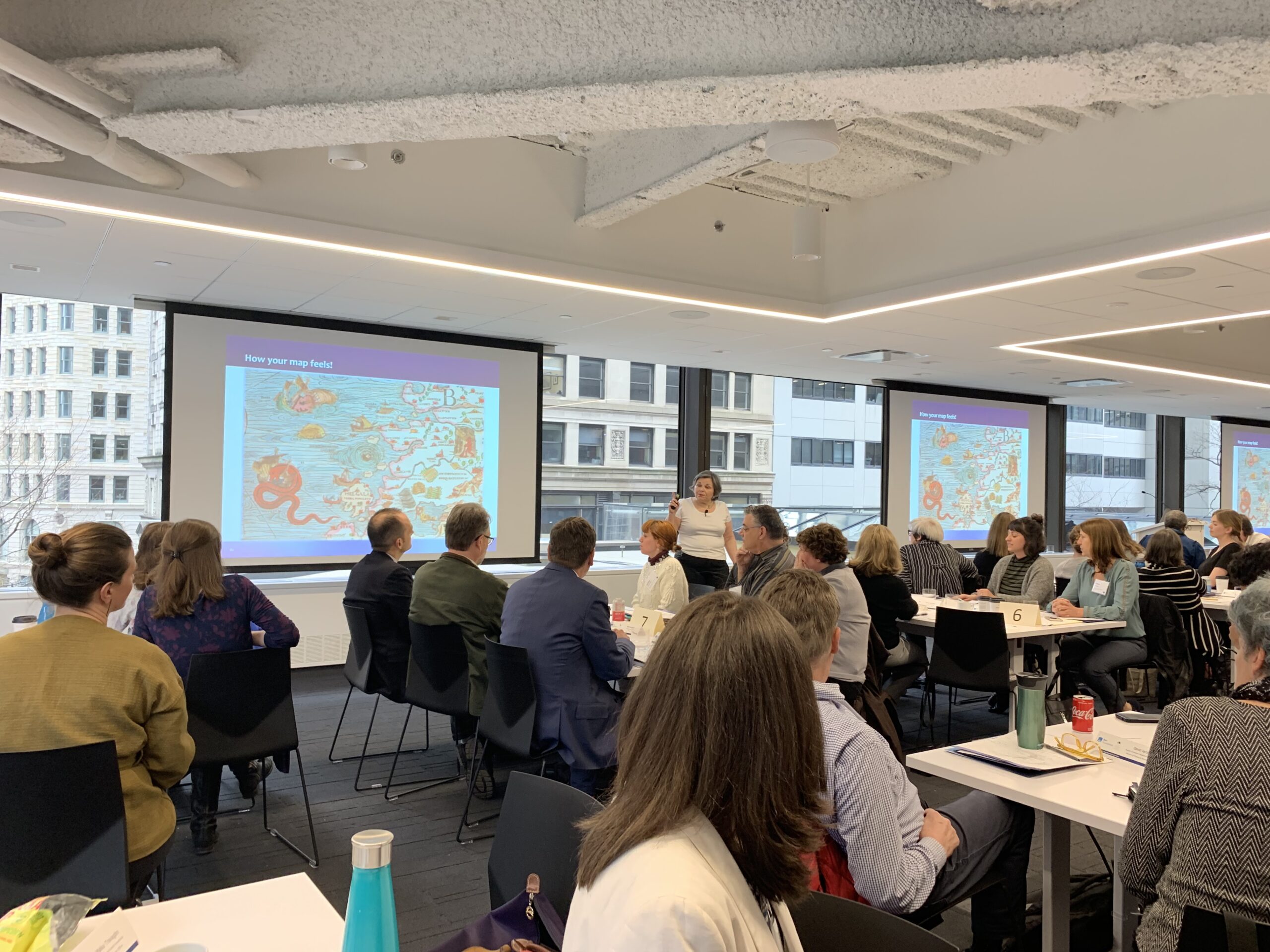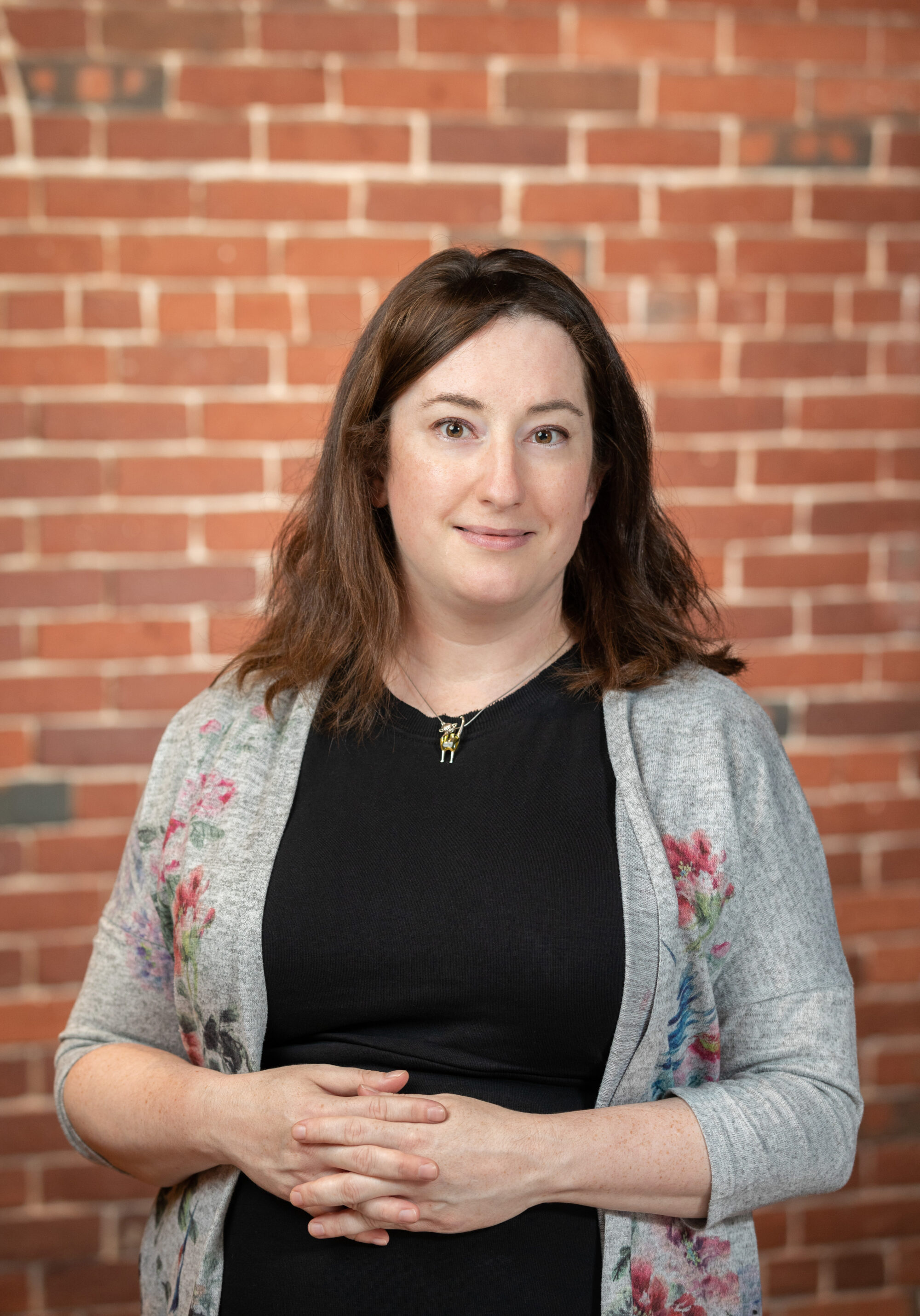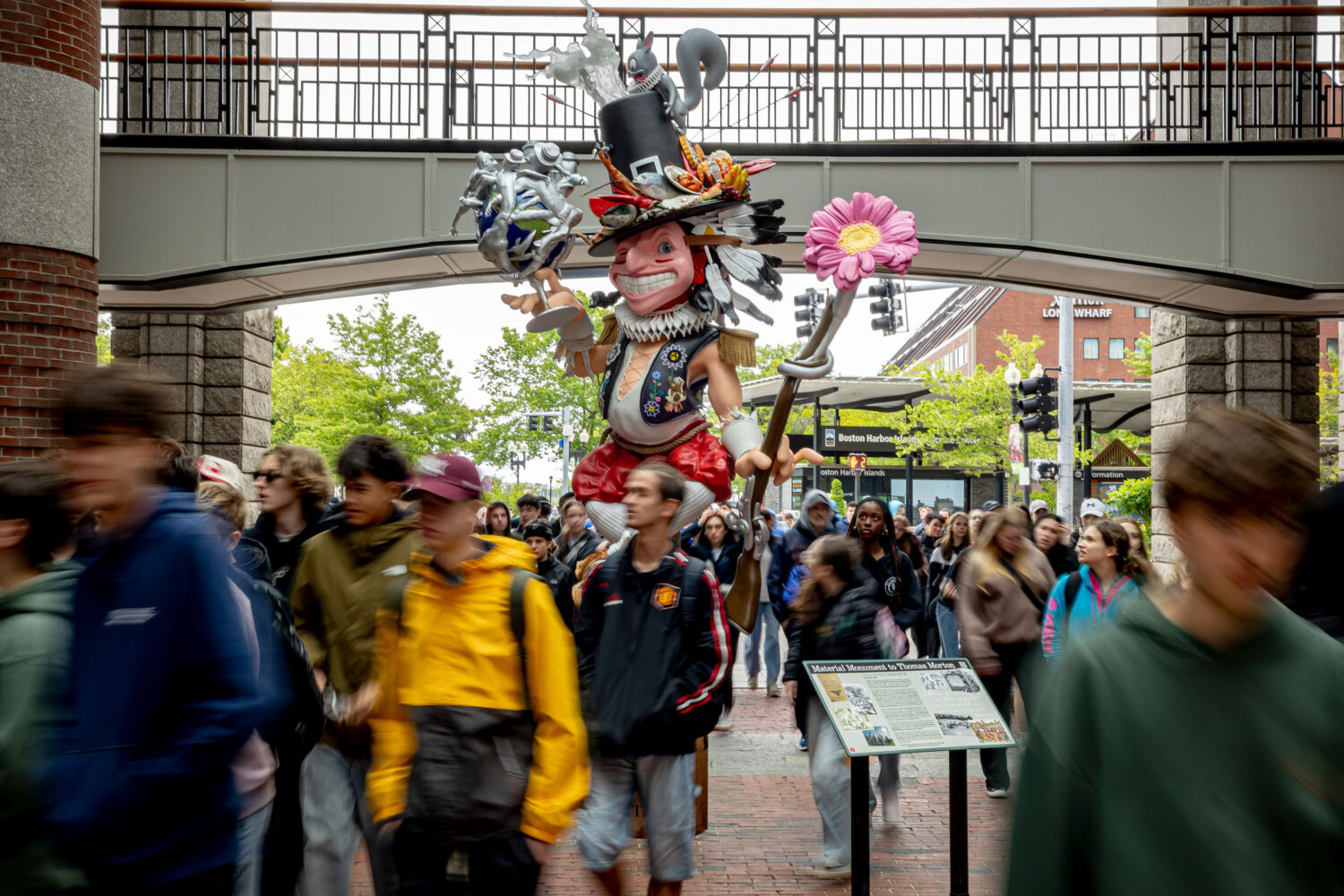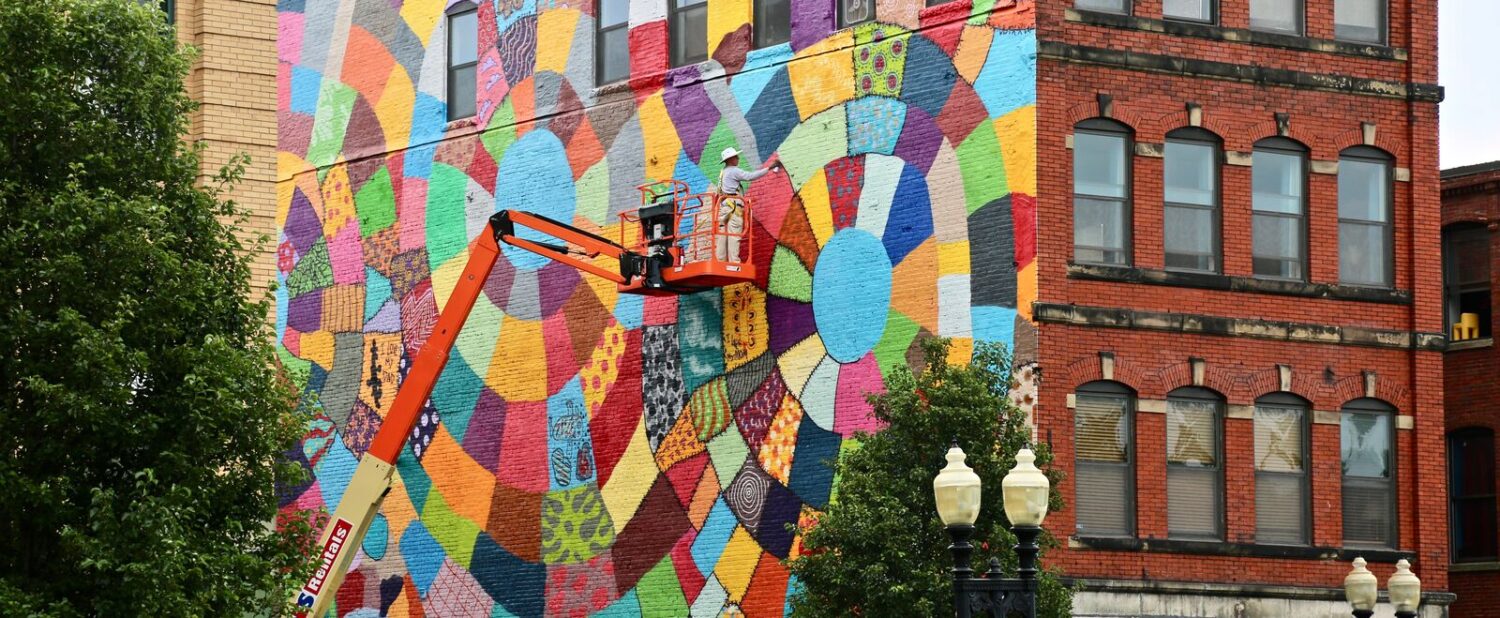Last fall, Barr announced the Barr-Klarman Massachusetts Arts Initiative. This six-year, $25 million investment by Barr and The Klarman Family Foundation aims to strengthen the financial health and adaptive capacity of 29 Massachusetts arts organizations, enabling them to create strong artistic programming and contribute to the vitality of their communities. In addition to funding, this initiative provides technical assistance, coaching, and a learning curriculum centered on three core concepts: capitalization, adaptive capacity, and cultural competency. Earlier this year, I had the opportunity to join the workshop on adaptive capacity, led by a Cambridge-based firm Minds at Work.
Adaptive capacity is the ability for individuals and organizations to shift in the face of environmental changes. There is currently a great need for this in the arts and cultural sector. Many arts organizations are recognizing that their audiences do not reflect the changing demographics of their communities, and that their programs are not keeping pace with the new and creative ways in which individuals are consuming content. Furthermore, while the price tag of production has gone up with inflation, funding for the arts has not. Many donors do not increase their giving year over year to match increasing production costs. This affects the quality of life for artists and arts organization staff members, as well as the quality of art itself. Although arts organizations are trying to evolve with their audiences, they are often constrained by old models and traditional ways of carrying out their work.
During the workshop, many of the Barr-Klarman participating organizations shared that they are grappling with similar challenges related to change, including: finding new ways to engage their communities and diversify audiences; moving in a new strategic direction; changing organizational culture; and building important new relationships both internally and externally. Adaptive capacity focuses on building a set of skills and competencies to embrace change and take bold steps in response to external conditions. Towards that goal, Minds at Work introduced their “Immunity to Change” approach to growing adaptive capacity, beginning at the individual level. Below are three steps to help individuals, teams, and organizations make personal and collective adaptive changes.
Step 1: Create an environment for stretching, not stressing.
Often, what people think is fear of change is actually fear of loss. People are afraid to change because it might force them to give up comfortable habits or confront difficult truths. Minds at Work Co-Directors Maria DeCarvalho and Deborah Helsing first identified three “learning zones” – the comfort zone, the stretch zone, and the stress zone. The comfort zone is exactly what the name suggests, and many people like to stay in this zone because it is the space where they know they can do their work well. However, if one stays in the comfort zone, she will never learn to change or adapt. The stress zone is where pressure to solve a problem or change a behavior becomes so overwhelming that it shuts down positive action and receptivity to learning. The stretch zone is where people are challenged to think and work in different, new ways. It is where learning happens most effectively, sparking positive change and growth. This is where participants were invited to engage during the workshop. Participants were also encouraged to create this stretch environment within their organizations on an ongoing basis by prioritizing goal setting and providing both challenge and support in meeting those goals.
Step 2: Get the problem right.

Maria and Deb then led workshop participants through a personal map-making exercise in which each person set a personal improvement goal that would require an adaptive shift, not just a technical improvement. People around the room chose goals like: getting better at communicating directly; reaching out to new communities beyond our traditional audience; and setting boundaries and sticking with them. Then, participants worked with partners to unearth the psychological “Immune System” that keeps negative behaviors in place. Even if people have the desire to change, there can be an unexamined “Big Assumption” or belief holding them back. This can feel like having one foot on the gas pedal while the other foot is on the break.
Step 3: Challenge the underlying assumption.
Adaptive change requires addressing Big Assumptions that work against one’s goals. For example, a person may want to get better at delivering work on time. Underlying the behavior may be her belief that making even one mistake will result in losing the trust of her supervisor, so she may procrastinate on work to avoid errors, or become such a perfectionist that she misses deadlines. The behavior will not change until she confronts her Big Assumption that mistakes are unacceptable and harm professional relationships. In order to change that assumption and truly grow, she will need to reflect on and challenge the underlying belief that is driving the behavior. A behavior can’t change unless the underlying belief changes.
Participants concluded the two-day session by designing an experiment that would produce an outcome to challenge the universal truth of her Big Assumption, making learning—not willpower or simply improving technical skills—central to the process of making adaptive change. An experiment to test the Big Assumption could involve thinking back to a time where she or even her boss made a mistake that did not have dire consequences, or that led to new wisdom. Another approach might include interviewing a colleague about how they have handled making mistakes and learning from them. An organization that is using an adaptive capacity framework will create a safe, supportive environment for employees to challenge their assumptions and to test new behaviors and ways of working. An organization in which all employees are comfortable existing in the stretch zone can move forward and meet challenges more effectively.
Adopting an adaptive capacity framework in your organization takes time and can be challenging. That is OK! Barr-Klarman’s cohort training with Minds at Work created a foundation for organizations to learn about meeting environmental changes with a learning stance and to start applying the Immunity to Change methodology to their work moving forward. We are excited to continue this learning journey with the Barr-Klarman cohort this fall as we work in the curriculum pillar of cultural competency.




